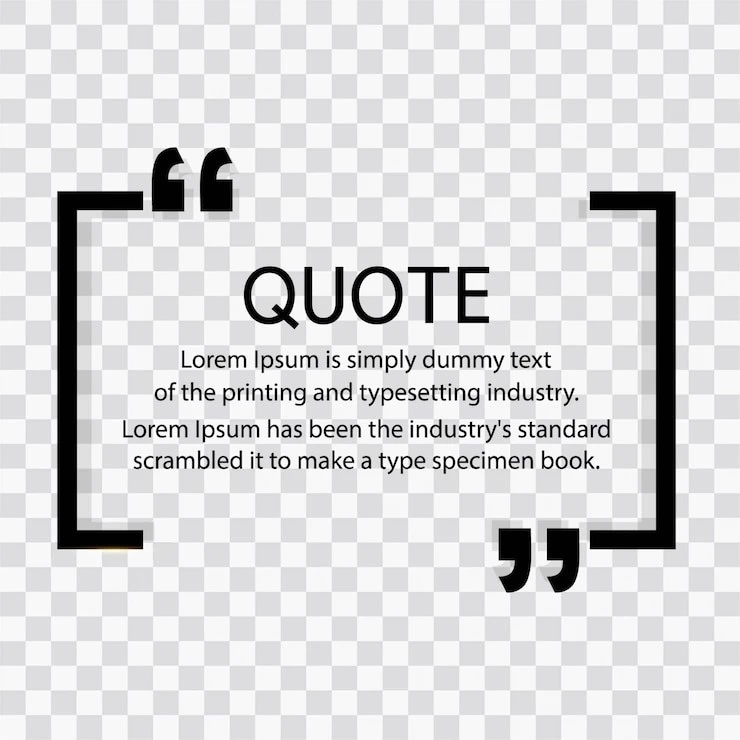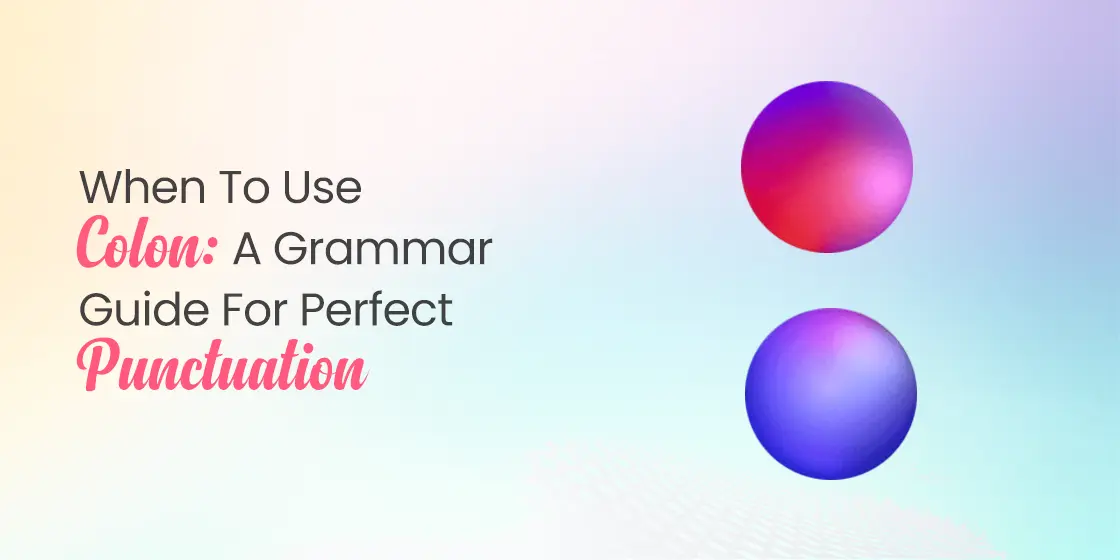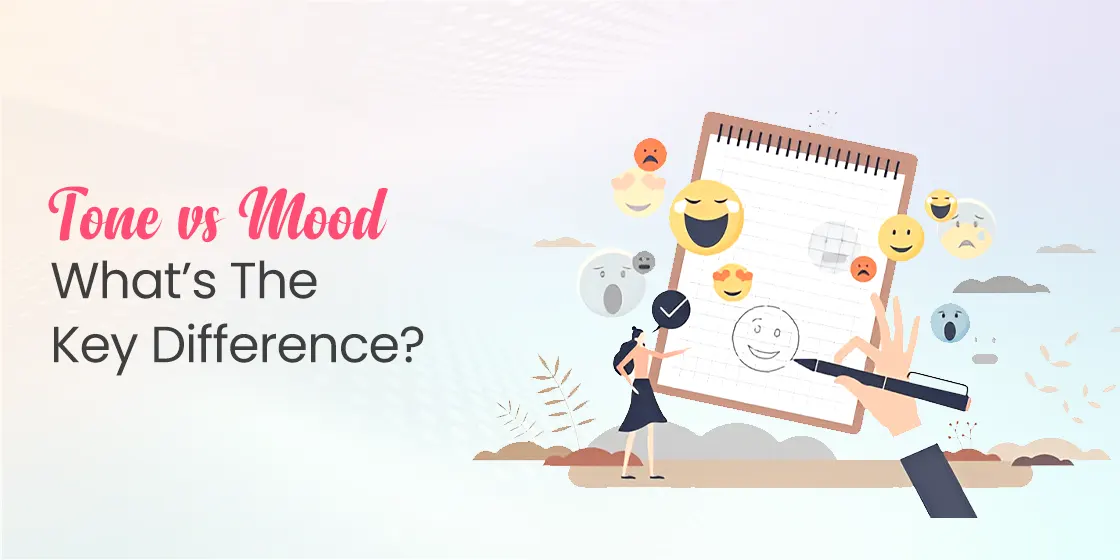Table of Content
Discover How and When to Use a Colon Properly in Your Copy and Content
The colon stands as one of the most misunderstood punctuation marks in English writing, often confused with its cousin the semicolon or used incorrectly in place of commas. Understanding when to use colon punctuation can dramatically improve your writing clarity and help you communicate more effectively with your readers. This simple yet powerful punctuation mark—represented by two dots stacked vertically (:)—serves as a bridge between related ideas, introducing explanations, lists, and quotations in ways that other punctuation marks simply cannot match.
Many writers struggle with colon usage because they haven’t learned the fundamental rule that governs its application. The secret lies in recognizing that a colon always follows a complete, independent clause—a group of words that could stand alone as a sentence. When to use colon becomes much clearer once you master this basic principle and understand the specific situations where colons shine brightest.
This comprehensive guide will help you through every essential aspect of colon usage, from basic grammar rules to common mistakes that trip up even experienced web copywriting services. By the end, you’ll have the confidence to use colons correctly in your academic papers, business correspondence, and creative writing projects.
The Basic and Most Cardinal Rule: Complete Sentences Before Colons

The fundamental principle governing when to use colon punctuation centers on one critical requirement: the text before the colon must form a complete, independent clause. This means the words preceding the colon should express a complete thought and could function as a standalone sentence. Understanding this rule eliminates most colon-related errors and provides a reliable test for proper usage.
Consider this example: “The store sells three types of fruit: apples, oranges, and bananas.” The phrase “The store sells three types of fruit” forms a complete sentence on its own, making the colon placement correct. However, in “The store sells: apples, oranges, and bananas,” the text before the colon lacks completion—the verb “sells” requires objects, making a colon inappropriate here.
This complete-clause requirement applies regardless of what follows the colon, whether it’s a list, explanation, or quotation. Correct usage depends entirely on ensuring the preceding clause can stand independently. Writers who master this principle rarely make colon errors, as it provides a simple but reliable guide for every situation, which is why its one of the top copywriting skills today.
Let’s take a look at some other scenarios.
Introducing Lists and Series

One of the most common applications for understanding when to use colon and semi colon involves introducing lists or series of items. Colons excel at setting up lists that appear at the end of complete sentences, creating clear separation between the introductory statement and the enumerated items. This usage helps readers anticipate what’s coming and organizes information in a logical, scannable format.
The key distinction lies between lists that flow naturally within a sentence versus those that require formal introduction. For instance, “I need bread, milk, and eggs” requires no colon because the items flow naturally after the verb. However, “I need three things from the store: bread, milk, and eggs” properly uses a colon because “I need three things from the store” forms a complete thought that introduces what follows.
Using colons for lists becomes problematic when writers place colons after phrases like “such as,” “including,” or “for example.” These expressions already signal upcoming examples, making additional colon punctuation redundant and incorrect. Similarly, avoid colons immediately after verbs or prepositions that naturally connect to their objects, as in “The ingredients include: flour, sugar, and butter” (incorrect) versus “The recipe requires the following ingredients: flour, sugar, and butter” (correct).
Connecting Related Independent Clauses
Understanding when to use colon to connect independent clauses opens up sophisticated writing possibilities for creating emphasis and showing relationships between ideas. Unlike semicolons, which simply join related thoughts, colons suggest that the second clause explains, elaborates on, or provides specific details about the first clause. This creates a “general to specific” relationship that guides readers through your logic.
The second independent clause after a colon should directly relate to and expand upon the first clause, not merely share a general connection. For example: “The verdict was clear: the defendant was guilty” shows proper usage because the second clause specifies what the “clear verdict” was. The colon creates anticipation and delivers a precise explanation that satisfies reader expectations.
Capitalization rules for the clause following a colon vary between style guides, but the most widely accepted approach capitalizes the first word only when the following text forms a complete sentence that could stand alone. Using colon to connect clauses, consider whether the second part provides essential clarification or merely adds related information—colons work best for essential clarifications that complete the thought introduced in the first clause.
Introducing Quotations and Dialogue

When to use colon and semicolon examples for quotations depends largely on how formally you want to introduce the quoted material and whether the introductory phrase forms a complete sentence. Colons work particularly well for lengthy quotations, formal statements, or when you want to give special emphasis to the quoted words. They signal to readers that significant quoted material follows and prepare them for important information.
The introductory clause before a colon must be complete and substantial enough to warrant the formal introduction that a colon provides. “The CEO announced the new policy” works as an introduction, while “She said” typically requires only a comma. Consider this example: “The CEO made her position clear: ‘We will not compromise on safety standards under any circumstances.'” The colon emphasizes the importance of the statement and creates appropriate formality.
For dialogue in creative writing, colon usage often depends on the format and style you’re following. Screenplays and plays frequently use colons after character names, while narrative fiction typically uses commas. Business correspondence and formal reports lean toward colons for introducing substantial quoted material, especially when the quotation supports important points or provides official statements.
Emphasis and Explanation
One of the most powerful applications for understanding when to use colon involves creating emphasis and providing explanations that clarify preceding statements. Colons excel at introducing single words, phrases, or clauses that specify, define, or elaborate on general statements made earlier in the sentence. This creates dramatic effect and helps readers focus on crucial information.
The emphasis created by colons is stronger than what commas provide but less final than periods. Consider: “She had one true passion: writing.” The colon creates suspense and delivers the answer with impact, much more effectively than “She had one true passion, which was writing.” The colon structure draws attention to the key information and creates memorable phrasing that sticks with readers.
Colon usage for emphasis, ensure that the emphasized element truly deserves special attention and that the preceding clause builds appropriate anticipation. Overusing colons for emphasis dilutes their impact and can make writing feel artificially dramatic. Reserve this technique for genuinely important information that benefits from heightened attention and clear separation from surrounding text.
Time, Ratios, and Technical Applications

Understanding when to use colon extends beyond sentence structure to include various technical and mechanical applications in writing. Time notation represents the most common mechanical use, with colons separating hours from minutes in standard format: 3:30 PM, 11:45 AM. This usage requires no spaces before or after the colon and follows consistent formatting across most style guides.
Ratios provide another standard application where knowing how to use colons becomes essential for clear communication. Mathematical and scientific writing commonly uses colons to express proportional relationships: “The mixture requires a 2:1 ratio of water to concentrate.” Business writing frequently employs ratio notation for financial comparisons, market analysis, and statistical reporting where precise relationships matter.
Biblical and academic citations also rely on colon usage to separate chapters from verses, volumes from pages, and other hierarchical information. These technical applications follow specific formatting rules within their respective fields, but they all share the common principle of using colons to separate related but distinct pieces of information that readers need to interpret correctly.
Titles and Subtitles
When to use colon in titles and subtitles follows a well-established convention that separates main titles from explanatory subtitles across various media types. Books, articles, research papers, and presentations commonly use this format to provide both broad topic identification and specific focus clarification. The colon creates clear hierarchy and helps readers understand the relationship between general and specific title elements.
Academic writing particularly benefits from understanding colon usage in titles because it allows researchers to indicate both their broad field and specific research focus. Consider: “Digital Marketing Strategies: How Social Media Influences Consumer Behavior in the Fashion Industry.” The colon clearly separates the general topic from the specific research angle, helping readers quickly assess relevance to their interests.
Creative works also employ colon usage in titles to create intrigue or provide additional context without making titles unwieldy. However, overlong titles with multiple colons can become confusing and should be avoided. The most effective title usage employs a single colon to create two complementary parts that work together to communicate the work’s scope and focus clearly.
Common Mistakes to Avoid

Many writers struggle with colon usage because they fall into predictable error patterns that can be easily avoided once recognized. The most frequent mistake in technical copywriting involves placing colons after incomplete phrases or dependent clauses that cannot stand alone as sentences. Remember that the text before a colon must always form a complete, independent thought that could function as a standalone sentence.
Another common error occurs when writers use colons after transitional phrases like “such as,” “including,” or “for example.” These expressions already signal that examples will follow, making additional colon punctuation redundant and grammatically incorrect. Similarly, avoid placing colons immediately after verbs or prepositions that naturally connect to their objects, as this creates awkward sentence breaks that disrupt reading flow.
When to use colon becomes problematic when writers confuse colons with semicolons or use them interchangeably. These punctuation marks serve different purposes: semicolons join related independent clauses of equal weight, while colons introduce elements that explain or specify what came before. Understanding this distinction prevents most colon misuse and helps writers choose the most effective punctuation for their intended meaning.
FAQs
| Should I always capitalize the word after a colon? Capitalization after colons depends on what follows and which style guide you’re using. Generally, capitalize the first word after a colon only if it begins a complete sentence that could stand alone. For example: “She had one goal: Success was within reach.” However, don’t capitalize single words, phrases, or dependent clauses: “She needed three things: patience, persistence, and practice.” When in doubt, check your preferred style guide for specific rules. |
| Can I use a colon after phrases like “such as” or “including”? No, never use a colon after transitional phrases like “such as,” “including,” “for example,” or “that is.” These expressions already signal that examples will follow, making a colon redundant and grammatically incorrect. Use: “I enjoy outdoor activities such as hiking, camping, and fishing” rather than “I enjoy outdoor activities such as: hiking, camping, and fishing.” |
| What’s the difference between when to use a colon versus a semicolon? Colons introduce elements that explain, specify, or elaborate on what came before, creating a “general to specific” relationship. Semicolons join two independent clauses of equal importance or separate complex list items. Use a colon when the second part explains the first: “I knew the answer: hard work pays off.” Use a semicolon when joining equal clauses: “I studied hard; therefore, I passed the exam.” |
| Is it correct to use multiple colons in one sentence? Generally, avoid using multiple colons in a single sentence as this creates confusion and disrupts reading flow. If you find yourself needing multiple colons, consider breaking the sentence into smaller, clearer segments or using other punctuation marks. For example, instead of “The report covers three areas: marketing: social media strategies, sales: quarterly projections, and operations: efficiency improvements,” write separate sentences or use different formatting. |
| When should I use a colon instead of a comma before a quotation? Use a colon before quotations when you want to create formal emphasis, when introducing lengthy quotes, or when the introductory clause forms a complete sentence that substantially sets up the quotation. For example: “The CEO made the company’s position clear: ‘We will not compromise our environmental standards.'” Use commas for shorter, more casual quotations or when the introduction is brief: “She said, ‘I’ll be there soon.'” |
Conclusion
Mastering when to use colon punctuation transforms your writing by providing powerful tools for creating emphasis, organizing information, and guiding readers through complex ideas. The fundamental rule remains constant across all applications: colons must follow complete, independent clauses that could stand alone as sentences. This simple test eliminates most errors and provides reliable guidance for every colon decision you’ll encounter.
The versatility of colons makes them valuable for writers across all genres and professional contexts, from academic research and business correspondence to creative writing and technical documentation. Understanding the specific applications—introducing lists, connecting related clauses, emphasizing key points, and formatting technical information—gives you precise control over how readers experience and interpret your writing.

Unleash your brand story`s potential with eContentSol – your creative writing companion. We craft narratives that captivate. Ready to elevate your content game? Dive into creativity with us and let`s bring your ideas to life.


